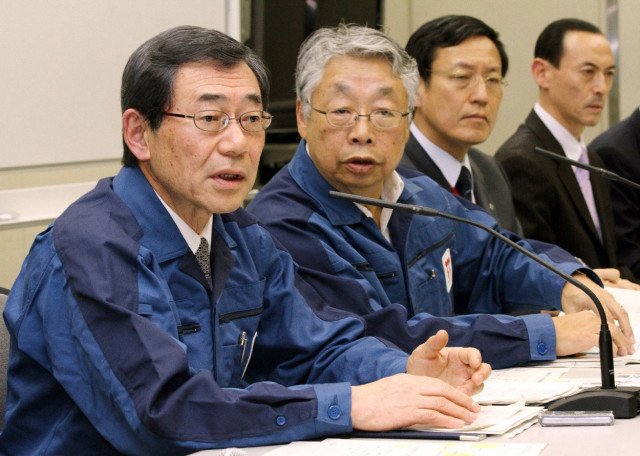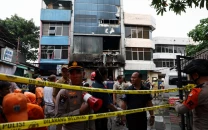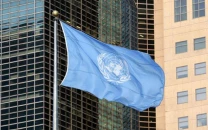Japan engineers knew tsunami could overwhelm Fukushima plant
TEPCO president calls the double disaster "marvels of nature".

When Tokyo Electric President Masataka Shimizu apologised to the people of Japan for the continuing crisis at the Fukushima Daiichi nuclear plant he called the double disaster "marvels of nature that we have never experienced before".
But a review of company and regulatory records shows that Japan and its largest utility repeatedly downplayed dangers and ignored warnings -- including a 2007 tsunami study from Tokyo Electric Power Co's senior safety engineer.
"We still have the possibilities that the tsunami height exceeds the determined design height due to the uncertainties regarding the tsunami phenomenon," Tokyo Electric researchers said in a report reviewed by Reuters.
The research paper concluded that there was a roughly 10 percent chance that a tsunami could test or overrun the defenses of the Fukushima Daiichi nuclear power plant within a 50-year span based on the most conservative assumptions.
But Tokyo Electric did nothing to change its safety planning based on that study, which was presented at a nuclear engineering conference in Miami in July 2007.
Meanwhile, Japanese nuclear regulators clung to a model that left crucial safety decisions in the hands of the utility that ran the plant, according to regulatory records, officials and outside experts.
Among examples of the failed opportunities to prepare for disaster, Japanese nuclear regulators never demanded that Tokyo Electric reassess its fundamental assumptions about earthquake and tsunami risk for a nuclear plant built more than four decades ago. In the 1990s, officials urged but did not require that Tokyo Electric and other utilities shore up their system of plant monitoring in the event of a crisis, the record shows.
Even though Japan's Nuclear and Industrial Safety Agency, (NISA) one of the three government bodies charged with nuclear safety, cataloged the damage to nuclear plant vent systems from an earlier earthquake, it did not require those to be protected against future disasters or hardened against explosions.
That marked a sharp break with safety practices put in place in the United States in the 1980s after Three Mile Island, even though Japan modeled its regulation on U.S. precedents and even allowed utilities to use American disaster manuals in some cases.
Ultimately, when the wave was crashing in, everything came down to the ability of Tokyo Electric's front-line workers to carry out disaster plans under intense pressure.
But even in normal operations, the regulatory record shows Tokyo Electric had been cited for more dangerous operator errors over the past five years than any other utility. In a separate 2008 case, it admitted that a 17-year-old worker had been hired illegally as part of a safety inspection at Fukushima Daiichi.
"It's a bit strange for me that we have officials saying this was outside expectations," said Hideaki Shiroyama, a professor at the University of Tokyo who has studied nuclear safety policy. "Unexpected things can happen. That's the world we live in."
He added: "Both the regulators and TEPCO are trying to avoid responsibility."
Najmedin Meshkati, a professor of civil and environmental engineering at the University of Southern California, said the government's approach of relying heavily on Tokyo Electric to do the right thing largely on its own had clearly failed.
"The Japanese government is receiving some advice, but they are relying on the already badly stretched resources of TEPCO to handle this," said Meshkati, a researcher of the Chernobyl disaster who has been critical of the company's safety record before. "Time is not on our side."
The revelation that Tokyo Electric had put a number to the possibility of a tsunami beyond the designed strength of its Fukushima nuclear plant comes at a time when investor confidence in the utility is in fast retreat.
Shares in the world's largest private utility have lost almost three-fourth of their value -- $30 billion -- since the March 11 earthquake pushed the Fukushima Daiichi nuclear plant into crisis. Analysts see a chance the utility will be nationalized by the Japanese government in the face of mounting liability claims and growing public frustration.



















COMMENTS
Comments are moderated and generally will be posted if they are on-topic and not abusive.
For more information, please see our Comments FAQ